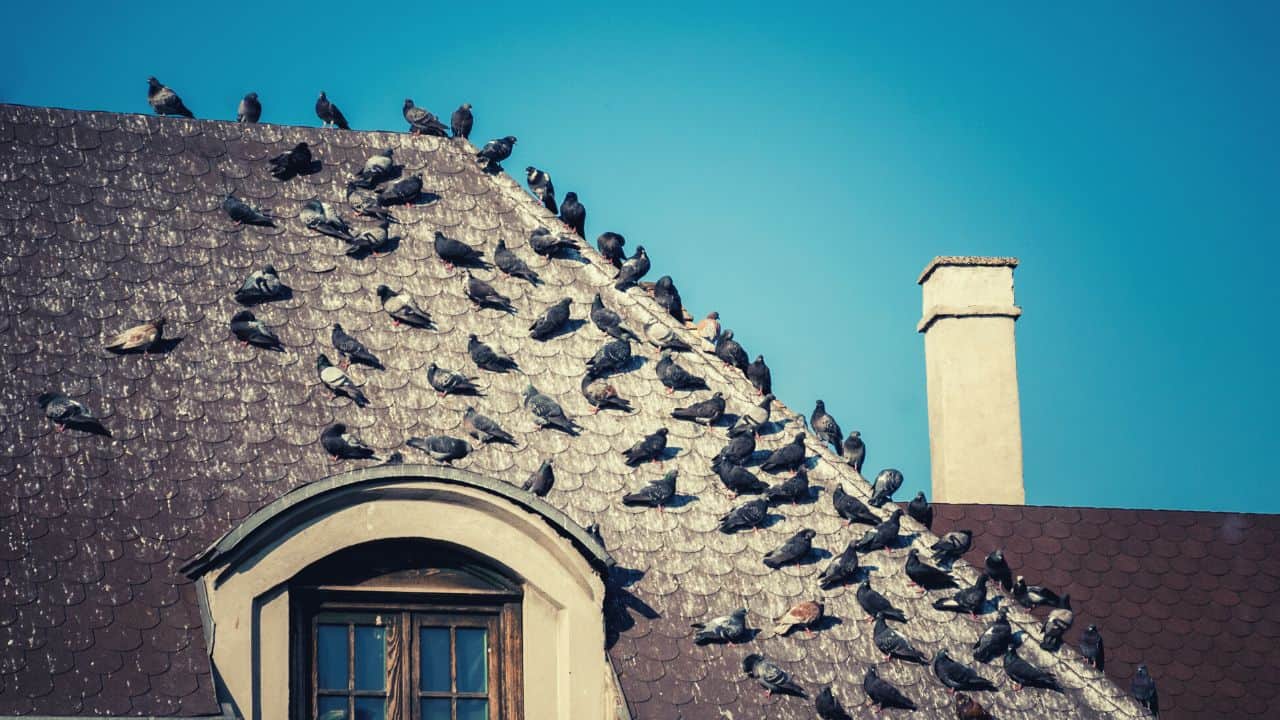

Articles
How To Get Rid Of Chimney Swifts
Modified: August 28, 2024
Learn effective methods and techniques for getting rid of chimney swifts with our comprehensive articles. Safely and efficiently deal with nuisance swifts to protect your home and family.
(Many of the links in this article redirect to a specific reviewed product. Your purchase of these products through affiliate links helps to generate commission for Storables.com, at no extra cost. Learn more)
Introduction
Chimney swifts are small, migratory birds commonly found in North America. While they may seem harmless, their presence in chimneys can cause several issues for homeowners. Understanding how to get rid of chimney swifts is crucial to maintain the safety and functionality of your chimney.
Chimney swifts are known for their distinctive shape, with long, slender bodies and curved wings. They are highly adaptable birds and have evolved to roost and nest in chimneys, utilizing the vertical surfaces for their natural roosting habits.
However, having chimney swifts in your chimney can lead to a variety of problems. Firstly, their droppings can create unpleasant odors and stains. Additionally, the accumulation of droppings and nesting materials can create blockages in the chimney, affecting airflow and increasing the risk of carbon monoxide poisoning.
Furthermore, chimney swifts are a protected species and removing or disturbing their nests during breeding season is illegal without the proper permits. Therefore, it is essential to address swift infestations in a humane and effective manner.
In this article, we will explore various methods to get rid of chimney swifts safely and efficiently. Whether you prefer natural repellents or professional assistance, there are options available to suit your needs and ensure a swift removal process.
Key Takeaways:
- Safely and effectively remove chimney swifts by understanding their habits, preparing properly, and considering natural repellents or professional assistance. Prioritize safety and conservation while maintaining a clean and functional chimney.
- Utilize natural repellents and chimney caps to deter chimney swifts, or seek professional help for efficient and humane swift removal. Promote conservation efforts while ensuring the safety and cleanliness of your chimney.
Read more: How To Get Rid Of Woodpeckers On Chimney
Understanding Chimney Swifts
Before diving into the process of removing chimney swifts, it’s important to have a basic understanding of these fascinating birds. Chimney swifts, scientifically known as Chaetura pelagica, are small, migratory birds that belong to the swift family.
Chimney swifts have unique characteristics that make them perfectly adapted to life in chimneys. Their small size, ranging from 4.5 to 5.5 inches in length, allows them to navigate narrow spaces with ease. They possess long, slender wings and a short tail, enabling them to maneuver swiftly through the air.
Chimney swifts spend their summers in North America, where they breed and raise their young. They build their nests using small twigs and saliva, attaching them to the vertical walls of chimneys or other similar structures. These nests serve as a safe haven for their eggs and chicks.
One interesting fact about chimney swifts is that they are aerial insectivores, meaning they primarily feed on insects while in flight. They have a voracious appetite, consuming insects such as mosquitoes, flies, and termites, making them beneficial for natural pest control.
Chimney swifts are migratory birds, spending their winters in South America. They undertake long-distance journeys, often flying thousands of miles to reach their wintering grounds. This instinctual migration behavior allows them to follow their food sources and find suitable nesting sites each year.
Throughout their migration, chimney swifts face various threats, including habitat loss and climate change. Chimneys provide an alternative roosting and nesting habitat for these birds, compensating for the loss of natural tree cavities. However, this can create conflicts with homeowners who want to ensure the safety and cleanliness of their chimneys.
Now that we have a better understanding of chimney swifts and their unique characteristics, let’s explore the necessity of swift removal and how to prepare for it.
The Necessity of Swift Removal
While chimney swifts serve an important ecological role in controlling insect populations, their presence in chimneys can lead to various issues that necessitate their removal.
One of the main concerns of having chimney swifts in your chimney is the accumulation of droppings. Swifts produce a large amount of droppings, and these droppings can cause unpleasant odors and unsightly stains on the chimney walls and surrounding areas. The constant presence of droppings can also attract other pests and insects.
Furthermore, swift droppings and nesting materials can create blockages in the chimney, hindering proper airflow and ventilation. This can significantly reduce the efficiency of your fireplace or heating system. Blocked chimneys can also increase the risk of carbon monoxide poisoning, as the toxic gas may not be able to escape from the chimney properly.
Another factor to consider is the legal protection afforded to chimney swifts during their nesting season. It is illegal to damage or disturb active chimney swift nests without the appropriate permits. If you notice swifts nesting in your chimney, it’s crucial to proceed with caution and ensure that the removal process is carried out in a humane and legal manner.
In addition to the practical reasons for swift removal, it’s important to note that maintaining a chimney swift-friendly environment can help promote conservation efforts for these birds. Providing alternative nesting options such as chimney swift towers or boxes can help preserve their populations while minimizing conflicts with homeowners.
Now that we understand the necessity of removing chimney swifts from your chimney, let’s explore the steps involved in preparing for swift removal.
Preparing for Swift Removal
Before undertaking the process of removing chimney swifts from your chimney, it’s essential to take certain steps to ensure the safety of both the birds and yourself.
Firstly, it’s important to identify the presence of active swift nests in your chimney. Make sure to observe the chimney from a safe distance to avoid disturbing the birds. Look for signs such as swifts flying in and out of the chimney, chirping sounds, or visible nests attached to the chimney walls.
Once you have confirmed the presence of chimney swifts, it’s crucial to check the legal guidelines regarding swift removal in your area. Depending on the location and timing, there may be specific regulations governing the removal process, especially during the breeding season.
It’s recommended to reach out to local wildlife agencies or birding organizations for advice and guidance on swift removal. They can provide valuable information on permits, best practices, and potential alternatives to ensure a humane and legal approach.
Before initiating any removal methods, ensure you have the necessary equipment and safety precautions in place. This may include protective clothing, gloves, respiratory masks, and tools for safely accessing the chimney, if required.
If you are uncomfortable or uncertain about removing chimney swifts on your own, it is always advisable to seek professional assistance. Wildlife removal experts or chimney sweeps with experience in dealing with swifts can carry out the process efficiently while adhering to legal and ethical guidelines.
Remember, the goal is to remove the chimney swifts in a manner that minimizes harm to both the birds and your property. Now that we have covered the necessary preparations for swift removal, let’s explore some natural repellents that can help deter chimney swifts from your chimney.
To get rid of chimney swifts, install a chimney cap to prevent them from entering. You can also play loud noises near the chimney to encourage them to relocate.
Natural Repellents
When it comes to deterring chimney swifts from your chimney, there are several natural repellents that you can try before considering more invasive methods. These repellents aim to create an environment that is unattractive and unsuitable for the birds, encouraging them to seek alternative nesting sites.
One popular natural repellent is the use of strong odors. Chimney swifts have a keen sense of smell, and certain odors can be repulsive to them. Materials such as crushed garlic, mothballs, or ammonia-soaked rags can be placed near the chimney entrance or inside the fireplace to create an unpleasant scent for the swifts.
Another effective natural deterrent is the use of visual distractions. Chimney swifts prefer dark and quiet environments for nesting. By installing reflective objects such as CD discs, shiny tape, or wind chimes near the chimney, you create visual disturbances that make the area less appealing to the birds.
Additionally, you can consider creating physical barriers to prevent swifts from entering your chimney. Installing a chimney net or wire mesh around the chimney opening can effectively block access while still allowing proper airflow. It’s important to ensure that these barriers are properly installed to avoid trapping any birds inside the chimney.
It’s crucial to note that natural repellents may not be foolproof and may require some trial and error to find the most effective deterrent for your specific situation. While these methods can be helpful, they are not a guaranteed solution for swift removal. If the infestation persists or if you are unsure about using natural repellents, it’s best to consult with a professional for further assistance.
Now that we have explored natural repellents, let’s discuss another effective solution for preventing chimney swifts from entering your chimney: installing a chimney cap.
Read more: How To Get Rid Of Chimney Smell
Installing a Chimney Cap
Installing a chimney cap is a proactive and effective measure to prevent chimney swifts from entering your chimney. A chimney cap is a protective covering that is placed on top of the chimney opening, providing a barrier against birds, debris, and other unwanted pests.
Chimney caps come in various designs and materials, such as stainless steel, copper, or aluminum. They feature wire mesh or screening that allows proper ventilation and airflow while preventing birds from accessing the chimney.
To install a chimney cap, you will need to measure the dimensions of your chimney flue to determine the appropriate cap size. It’s important to choose a cap that fits securely and tightly on the chimney, without any gaps that birds could exploit.
Before installing the chimney cap, it’s advisable to clean the chimney thoroughly to remove any existing nest debris or blockages. This will ensure that the chimney is prepared for the cap installation and optimize its effectiveness.
Once the chimney is clean, carefully place the chimney cap on top of the chimney flue, following the manufacturer’s instructions. Secure it in place using the provided screws or fasteners, ensuring that it is firmly and evenly attached.
Regularly inspect and maintain the chimney cap to ensure its functionality and prevent any damage or blockages. Clean the cap and remove any accumulated debris or bird droppings to maintain proper airflow.
Keep in mind that while a chimney cap is an effective deterrent against chimney swifts, it is not a foolproof solution. It’s important to regularly check the cap for any signs of damage or gaps that may allow birds to access the chimney. Promptly repair or replace the cap as needed to maintain its efficacy.
If you are unsure about installing a chimney cap or if you prefer professional assistance, chimney sweeps or wildlife removal experts can help you choose and install the most suitable cap for your chimney.
Now that we have discussed the installation of a chimney cap as a preventive measure, let’s explore when it may be necessary to seek professional help for swift removal.
Seeking Professional Help
While there are various methods that homeowners can try to remove chimney swifts, seeking professional help is often the most efficient and safe approach. Professional wildlife removal experts and chimney sweeps have the knowledge, experience, and specialized tools to handle swift infestations effectively.
Professional removal services can assess the extent of the swift infestation and determine the best course of action. They can conduct a thorough inspection of your chimney, identifying any potential entry points or nests that may be hidden from plain view.
One advantage of hiring professionals is their expertise in complying with legal requirements and protecting the birds. They are knowledgeable about the nesting and breeding seasons of chimney swifts and can ensure that the removal process adheres to local regulations.
When removing chimney swifts, professionals employ humane techniques to minimize harm to the birds. They may use specialized traps or exclusion methods to safely capture and relocate the swifts from your chimney to a more suitable habitat.
Additionally, professionals can provide valuable advice and recommendations on preventing future swift infestations. They can guide you on maintaining a chimney swift-friendly environment and suggest measures to reduce the likelihood of future nesting activities.
It’s important to choose reputable and licensed professionals who have experience in dealing with chimney swifts. Seek recommendations from trusted sources or consult local wildlife agencies for trustworthy service providers in your area.
Remember that the cost of professional swift removal services may vary depending on the complexity of the infestation, the region, and the specific services required. Obtaining quotes from multiple professionals and comparing their expertise and prices can help you make an informed decision.
When it comes to the well-being of the chimney swifts and the safety of your property, seeking professional help can provide peace of mind and ensure a swift removal process. Now, let’s summarize the key points we’ve covered in this article.
Conclusion
Dealing with chimney swifts in your chimney can pose various challenges, but with the right approach, you can safely and effectively remove them. Understanding the habits and characteristics of chimney swifts is key to addressing the issue in a humane and legal manner.
While swifts play an important ecological role, their presence in chimneys can lead to unpleasant odors, stains, blockages, and even risks of carbon monoxide poisoning. It’s crucial to prioritize the safety and functionality of your chimney by taking necessary steps for swift removal.
Before attempting any removal methods, it’s important to prepare properly. Identifying the presence of swift nests, familiarizing yourself with local regulations, and considering professional assistance if needed are essential for a smooth swift removal process.
Natural repellents, such as strong odors or visual disturbances, can help discourage swifts from nesting in your chimney. Installing a chimney cap is an effective preventive measure, blocking access to the chimney while maintaining proper airflow.
If DIY methods are not successful or if you prefer professional assistance, seeking help from wildlife removal experts or experienced chimney sweeps is highly recommended. They have the expertise and tools to safely and humanely remove swifts from your chimney while ensuring compliance with legal regulations.
By addressing chimney swift infestations and taking preventive measures, you can maintain a clean and functional chimney while promoting the conservation of these remarkable birds. Creating a swift-friendly environment through alternative nesting options can help preserve their populations and minimize conflicts with homeowners.
In conclusion, swift removal requires careful consideration, a humane approach, and sometimes professional assistance. By implementing the methods discussed in this article, you can successfully address chimney swift infestations and ensure the well-being of both your home and these unique migratory birds.
Frequently Asked Questions about How To Get Rid Of Chimney Swifts
Was this page helpful?
At Storables.com, we guarantee accurate and reliable information. Our content, validated by Expert Board Contributors, is crafted following stringent Editorial Policies. We're committed to providing you with well-researched, expert-backed insights for all your informational needs.
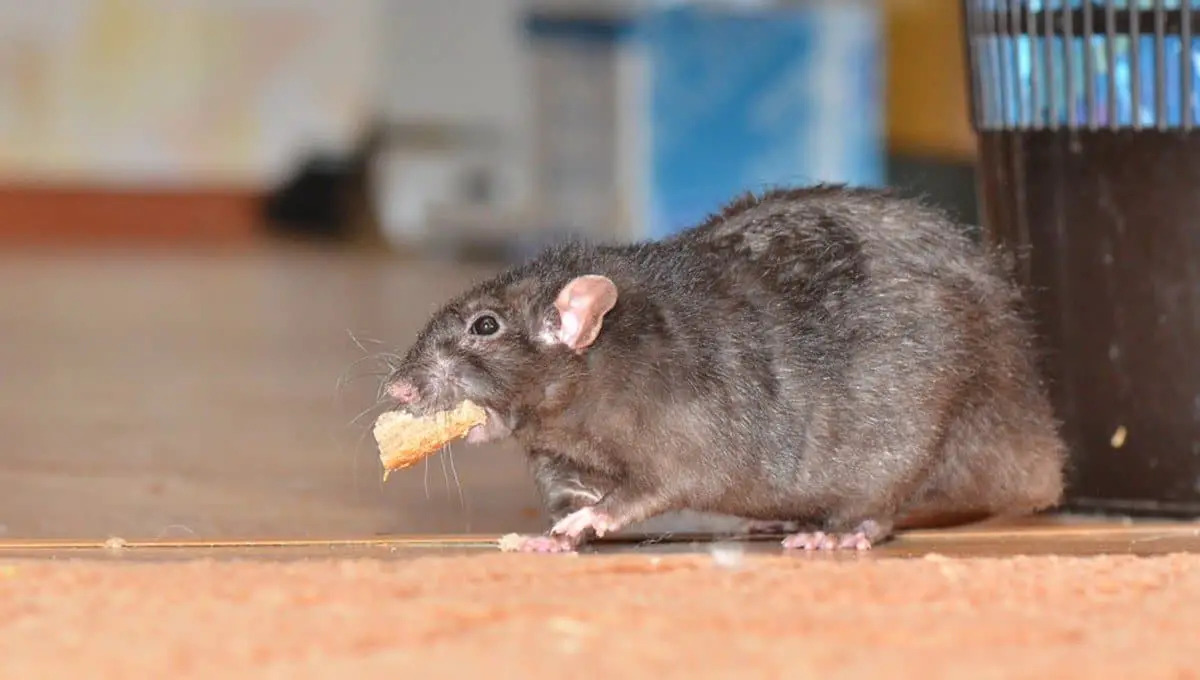
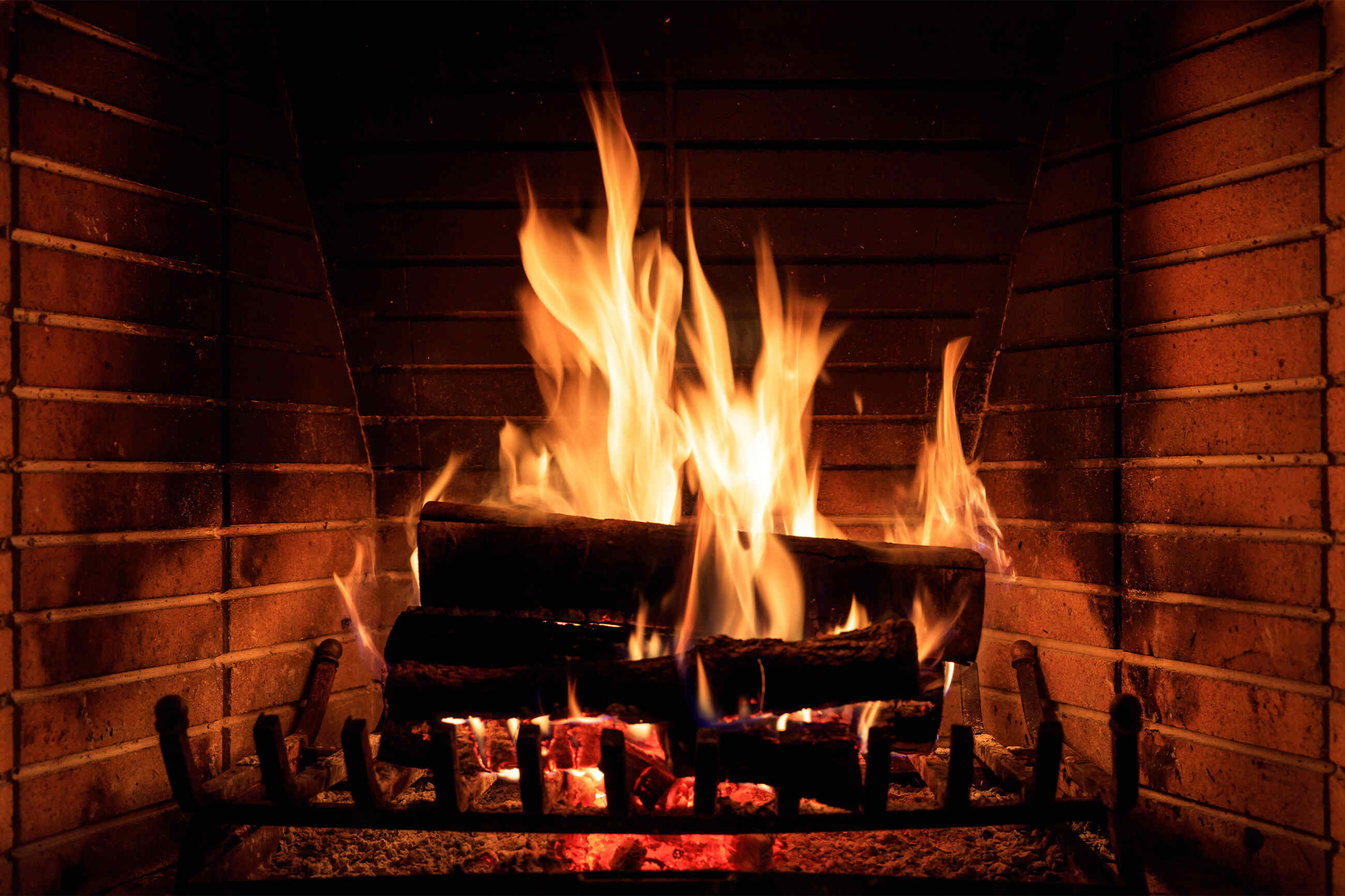
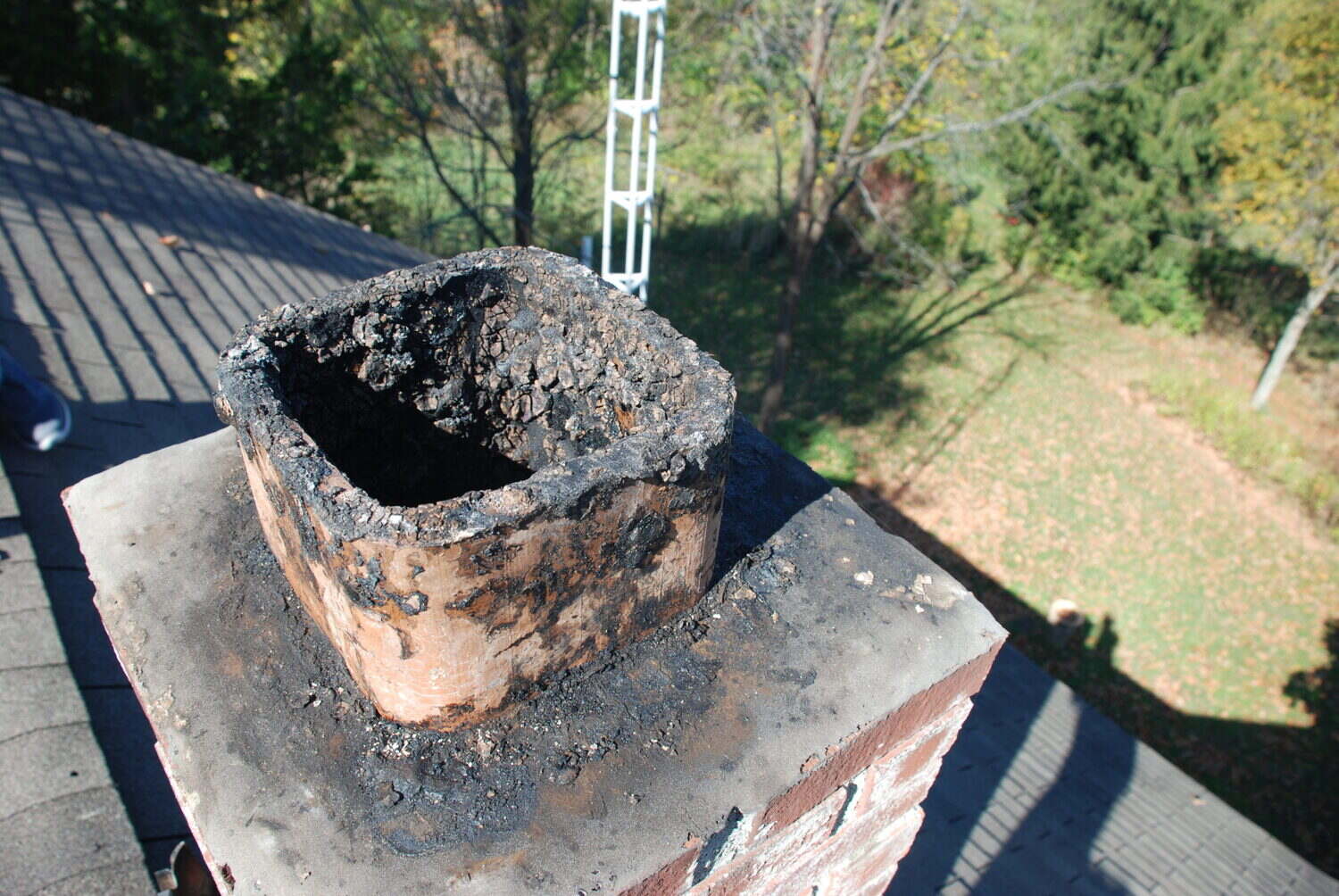
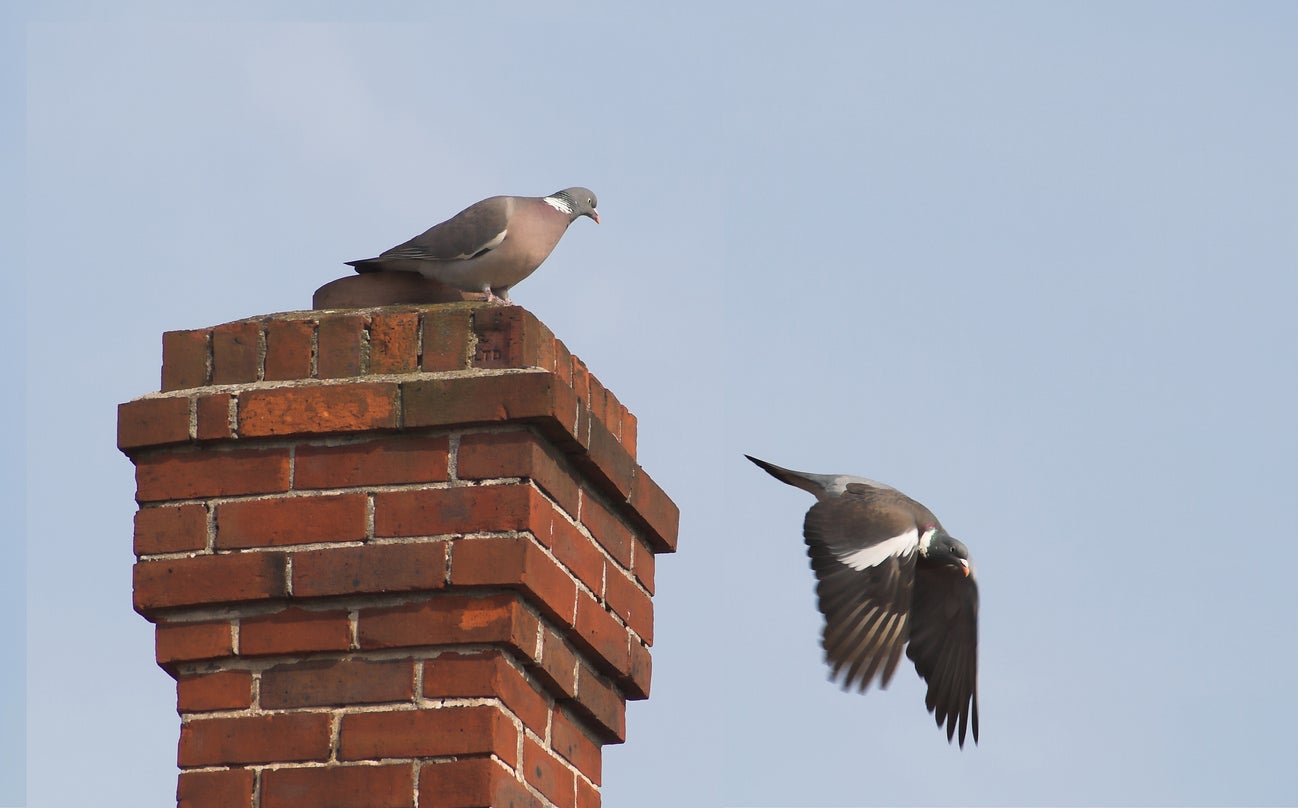
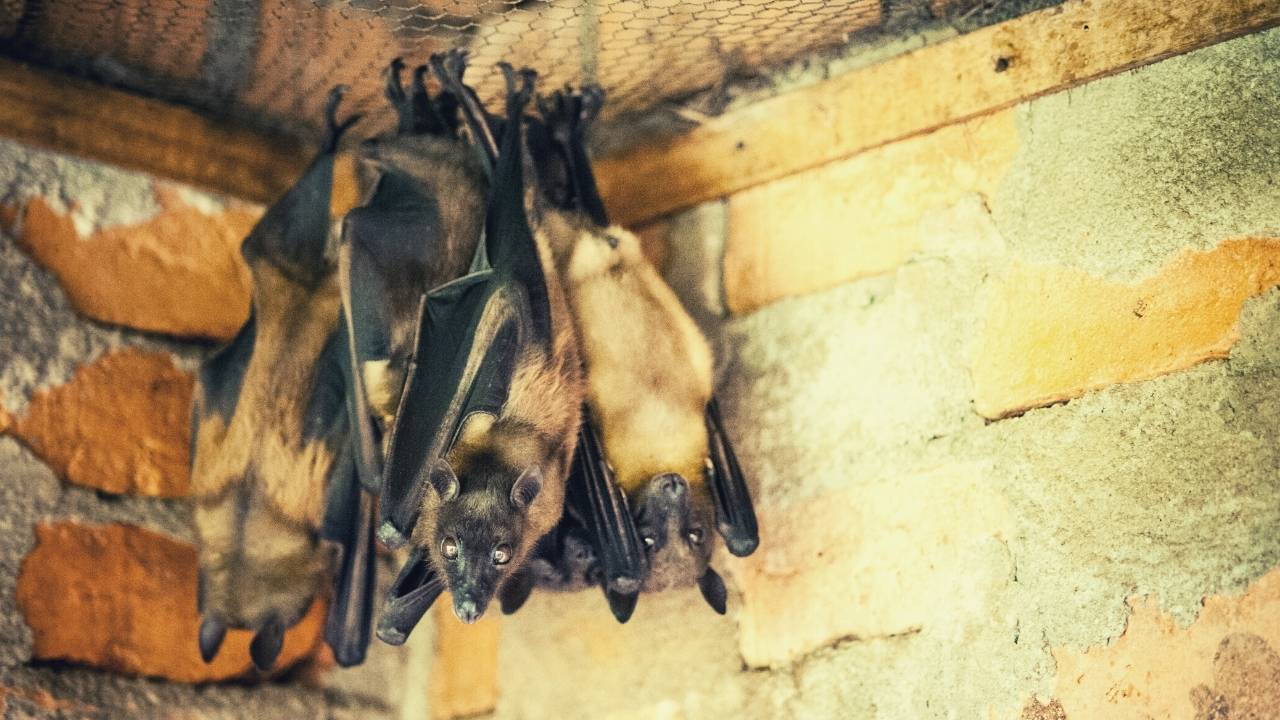
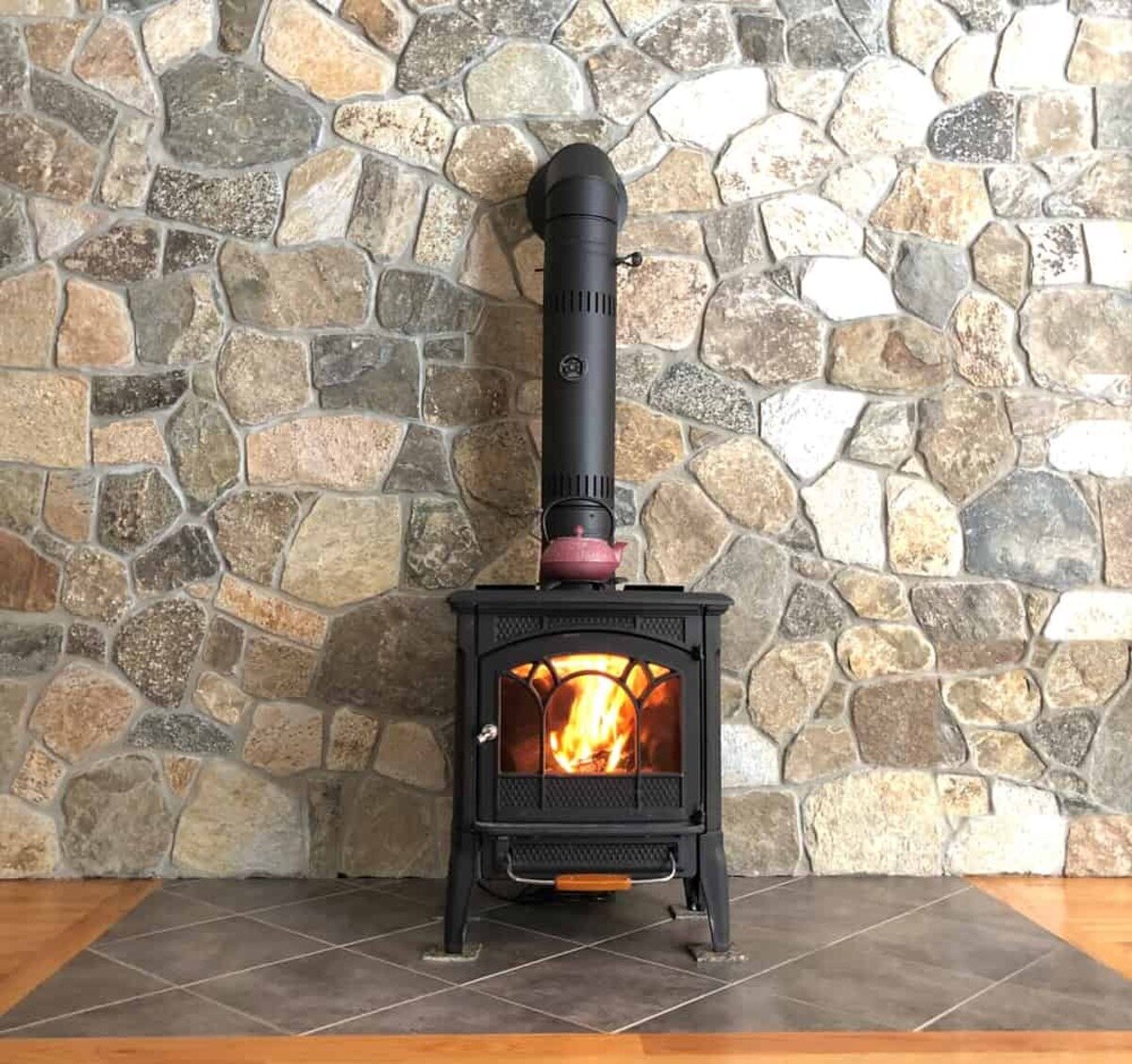
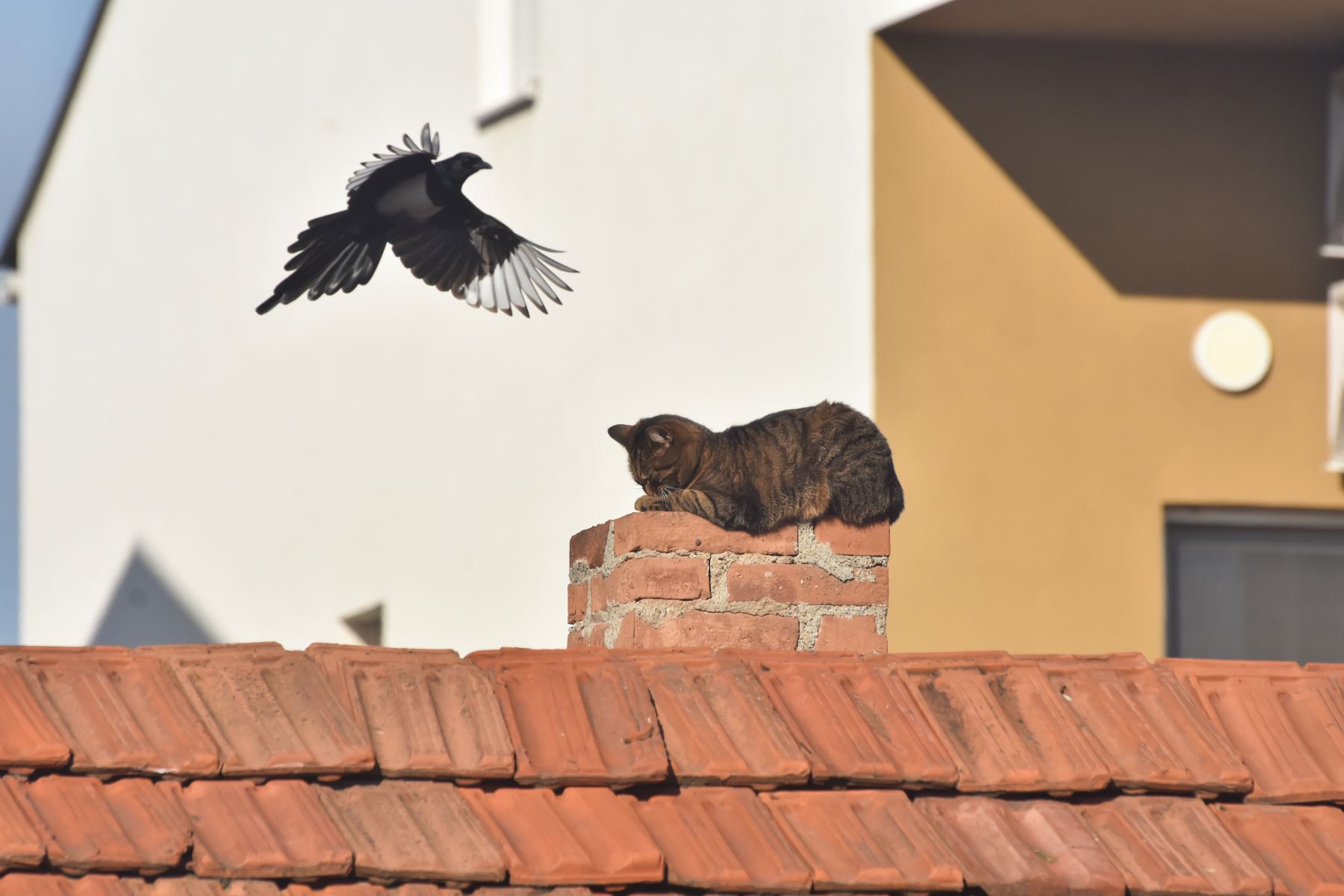
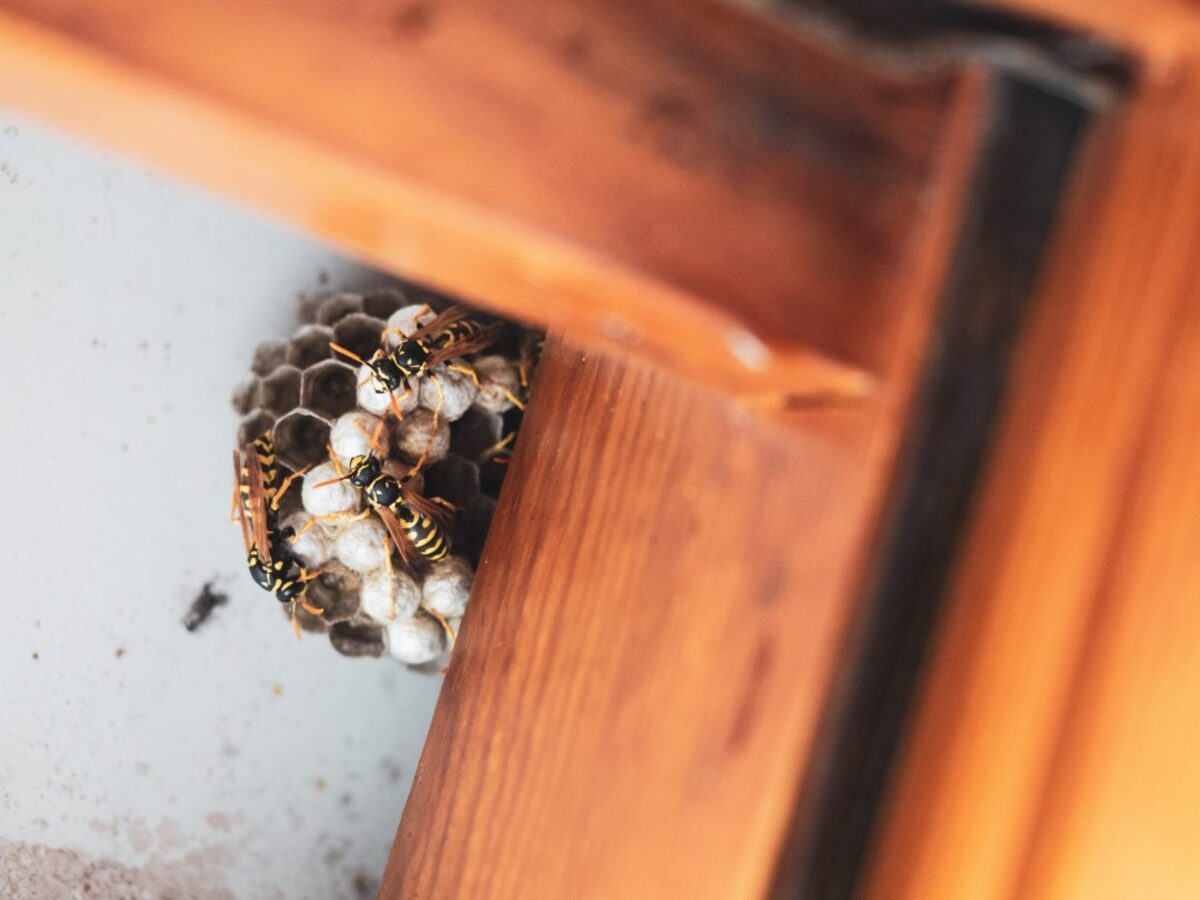

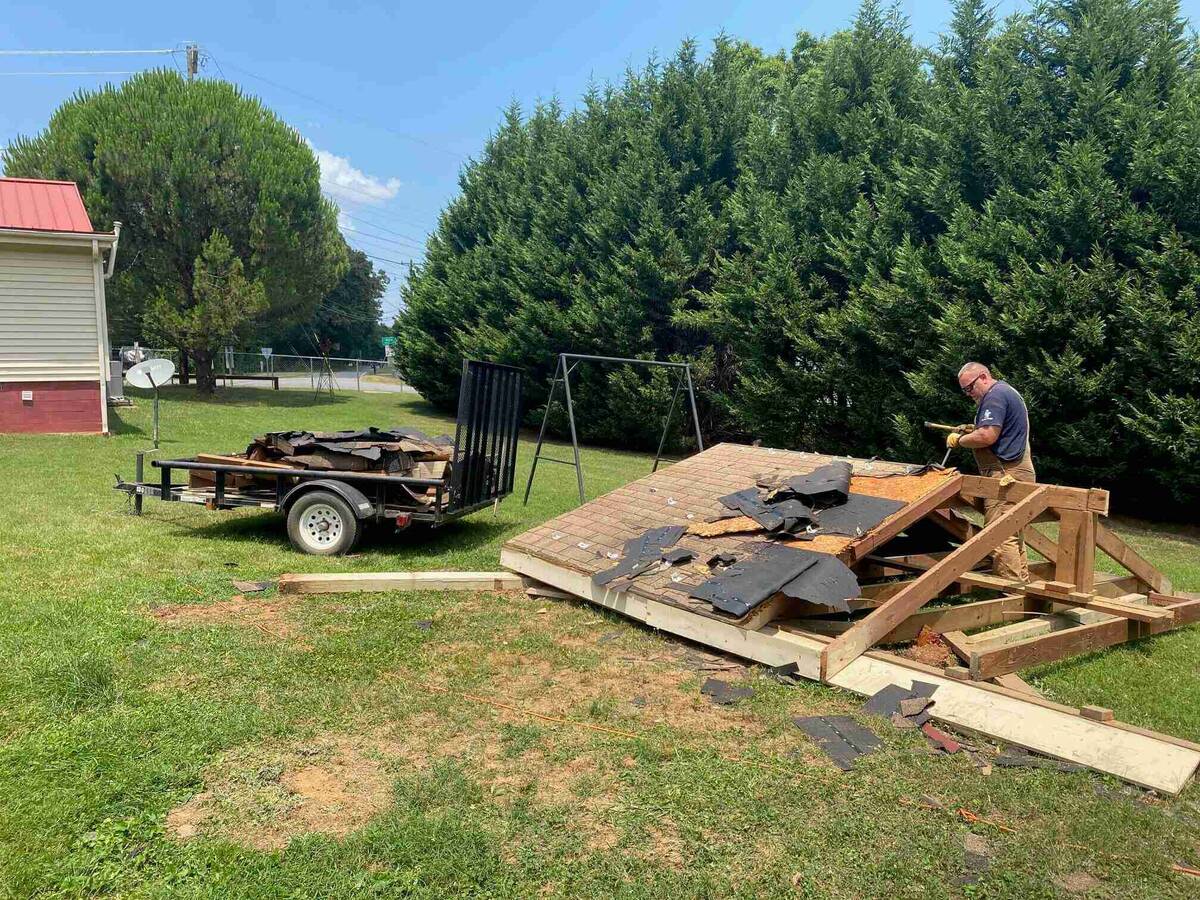
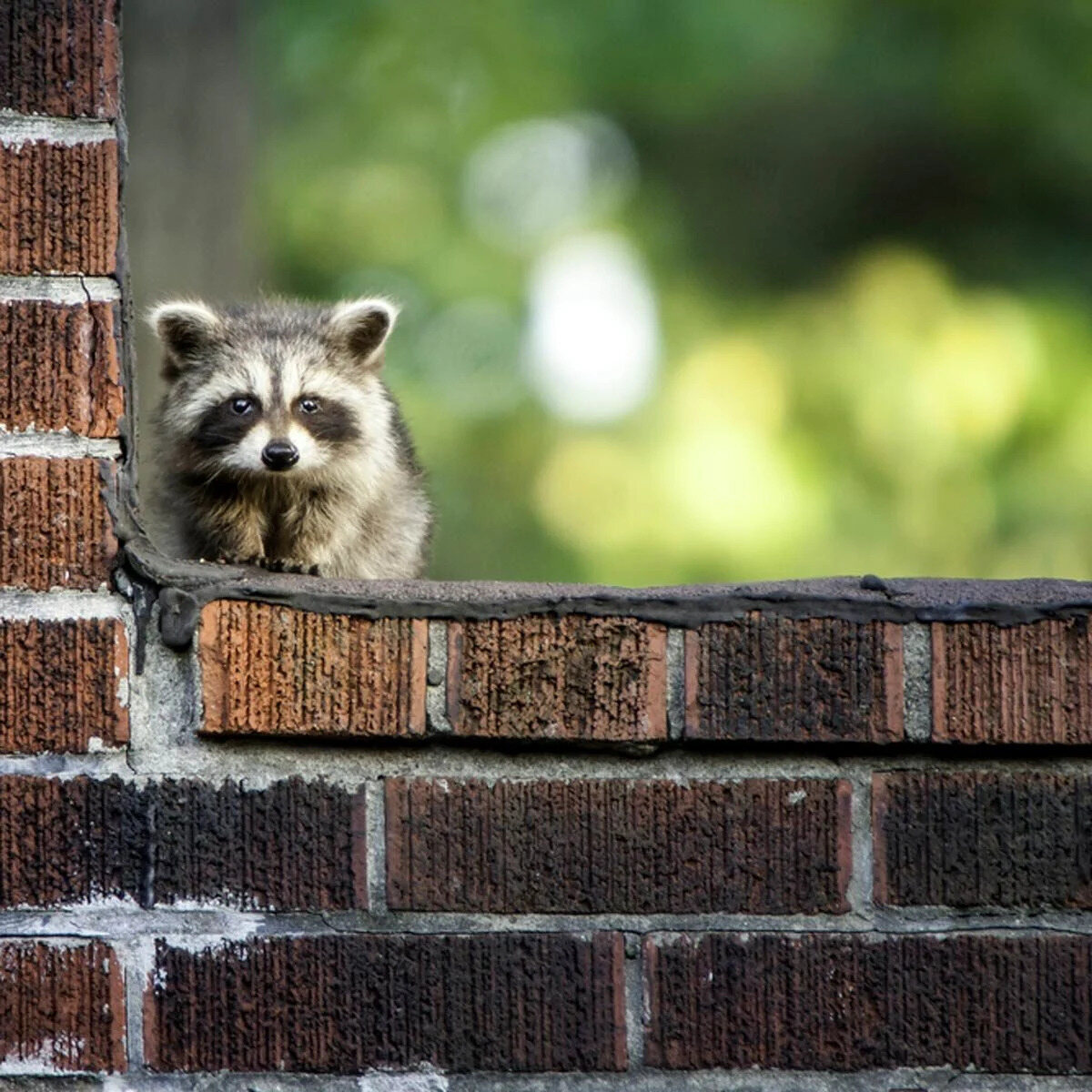
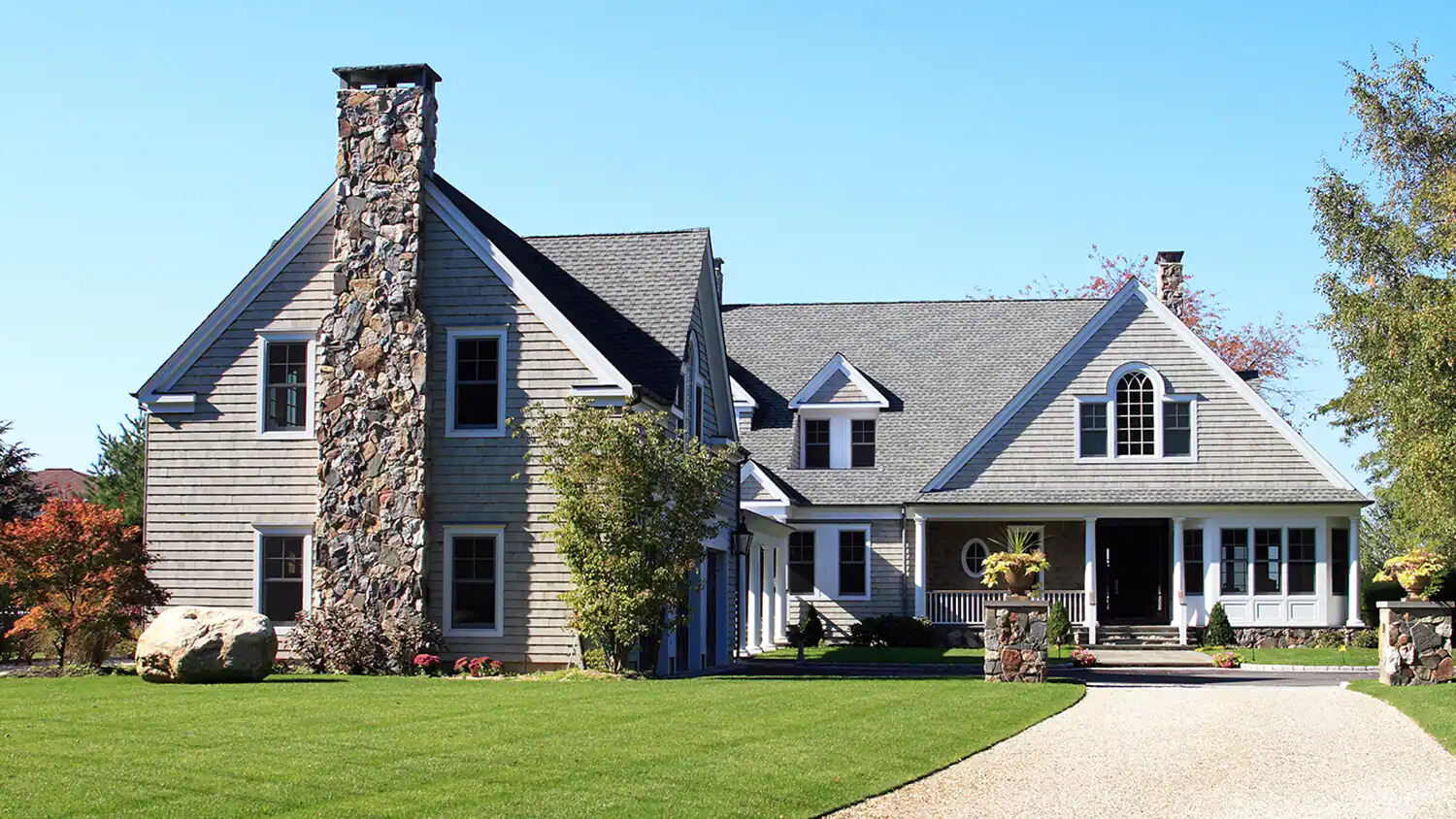



0 thoughts on “How To Get Rid Of Chimney Swifts”